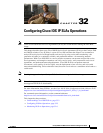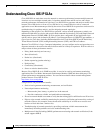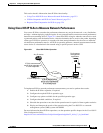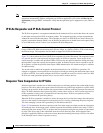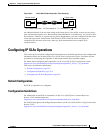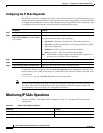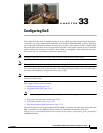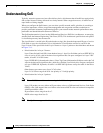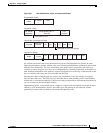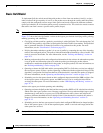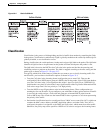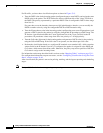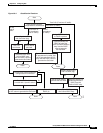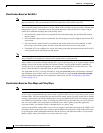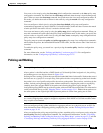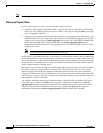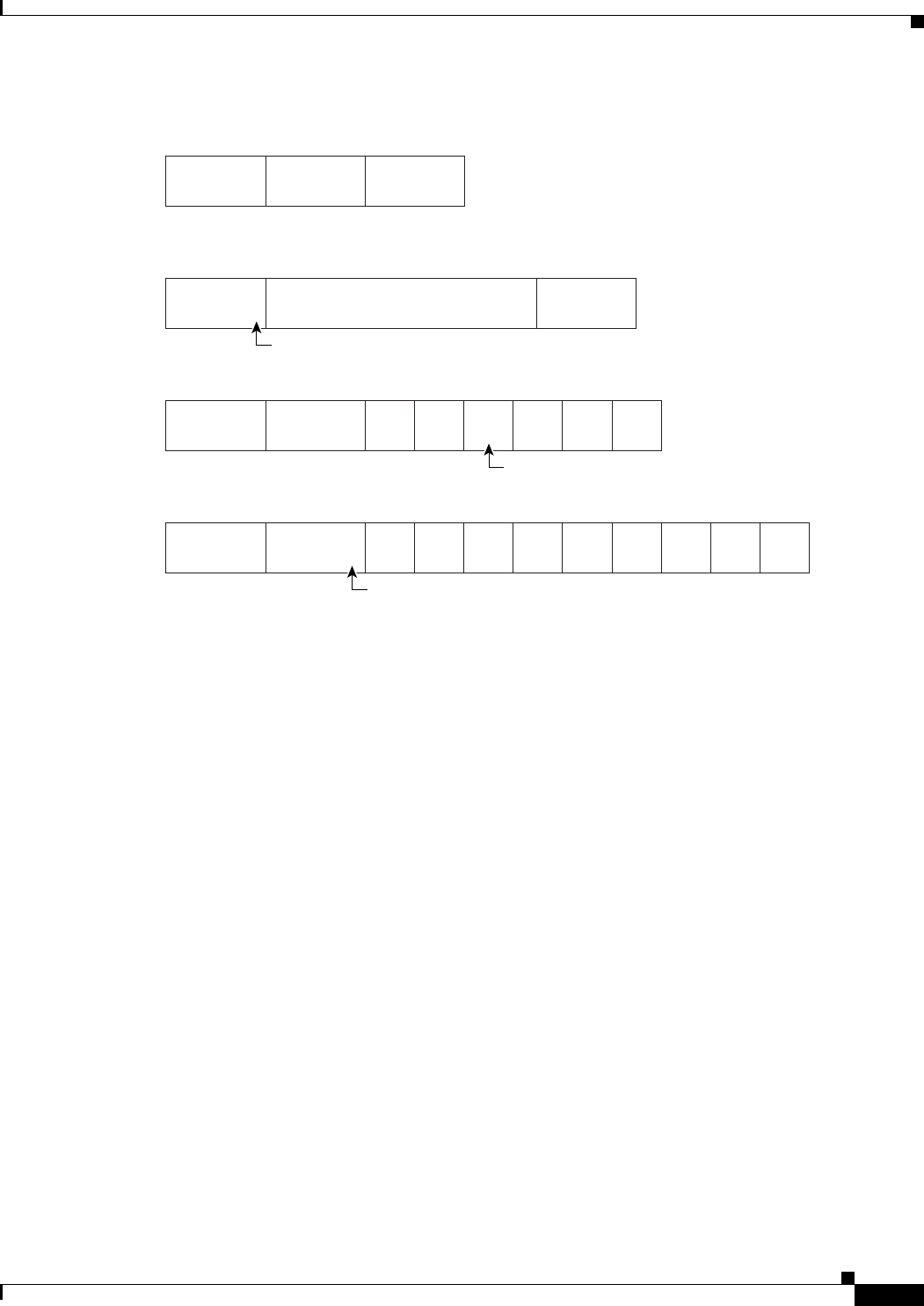
33-3
Catalyst 2960 and 2960-S Switch Software Configuration Guide
OL-8603-09
Chapter 33 Configuring QoS
Understanding QoS
Figure 33-1 QoS Classification Layers in Frames and Packets
All switches and routers that access the Internet rely on the class information to provide the same
forwarding treatment to packets with the same class information and different treatment to packets with
different class information. The class information in the packet can be assigned by end hosts or by
switches or routers along the way, based on a configured policy, detailed examination of the packet, or
both. Detailed examination of the packet is expected to happen closer to the edge of the network so that
the core switches and routers are not overloaded with this task.
Switches and routers along the path can use the class information to limit the amount of resources
allocated per traffic class. The behavior of an individual device when handling traffic in the DiffServ
architecture is called per-hop behavior. If all devices along a path provide a consistent per-hop behavior,
you can construct an end-to-end QoS solution.
Implementing QoS in your network can be a simple or complex task and depends on the QoS features
offered by your internetworking devices, the traffic types and patterns in your network, and the
granularity of control that you need over incoming and outgoing traffic.
46974
Encapsulated Packet
Layer 2
header
IP header
3 bits used for CoS
Data
Layer 2 ISL Frame
ISL header
(26 bytes)
Encapsulated frame 1...
(24.5 KB)
FCS
(4 bytes)
Layer 2 802.1Q and 802.1p Frame
Preamble
Start frame
delimiter
DA
Len
SA Tag PT Data FCS
Layer 3 IPv4 Packet
Version
length
ToS
(1 byte)
ID Offset TTL Proto FCS IP-SA IP-DA Data
3 bits used for CoS (user priority)
IP precedence or DSCP



